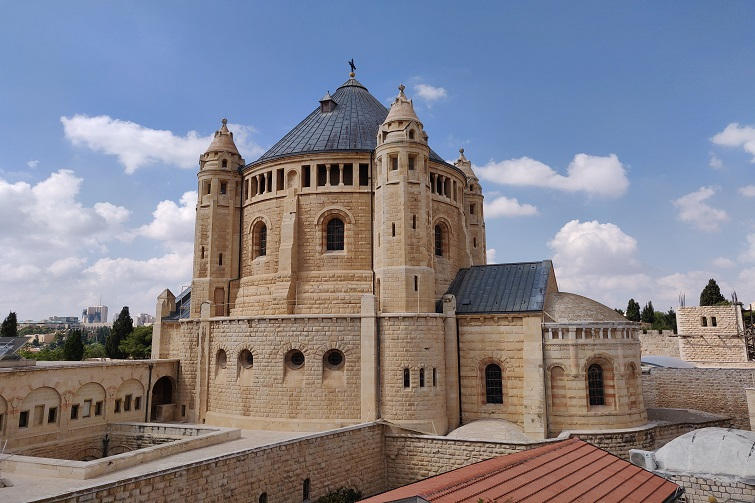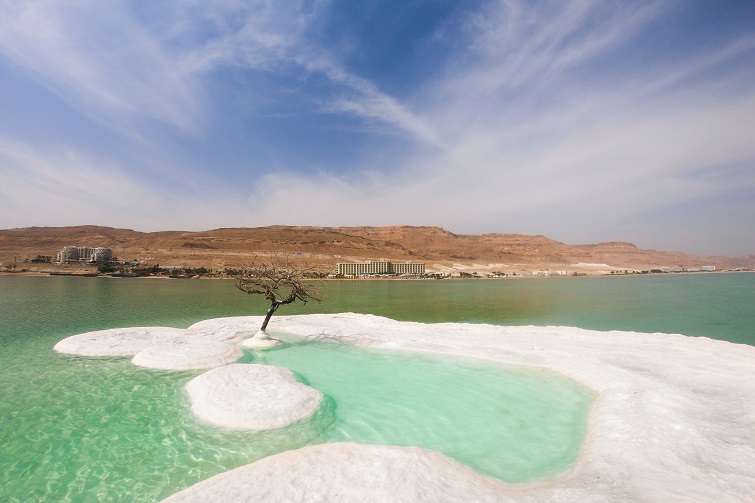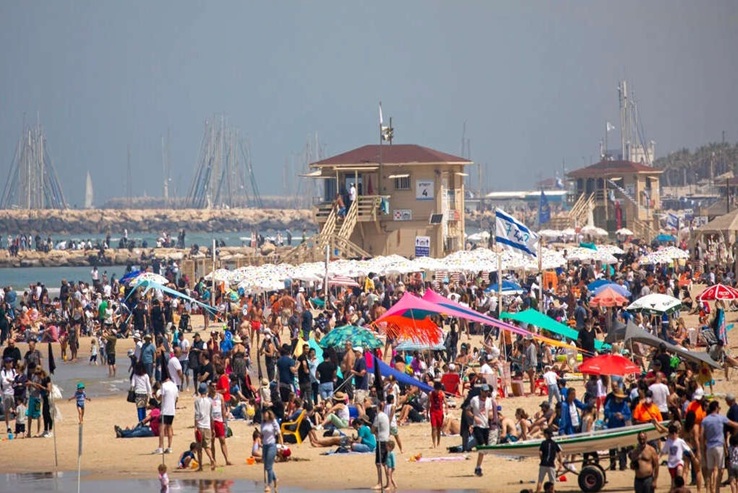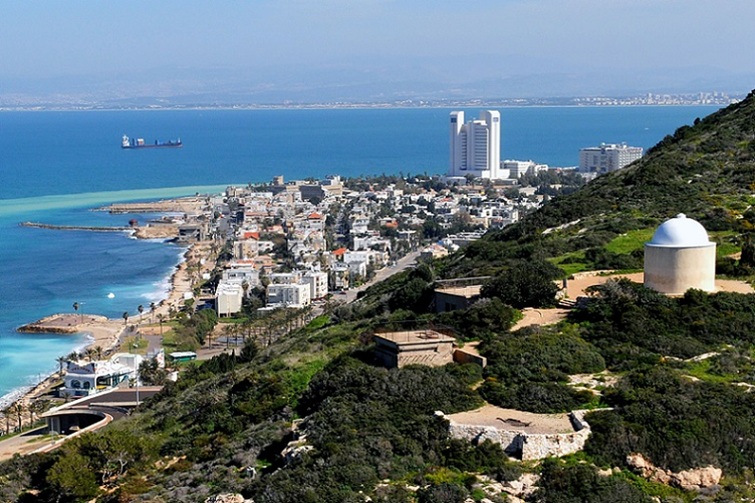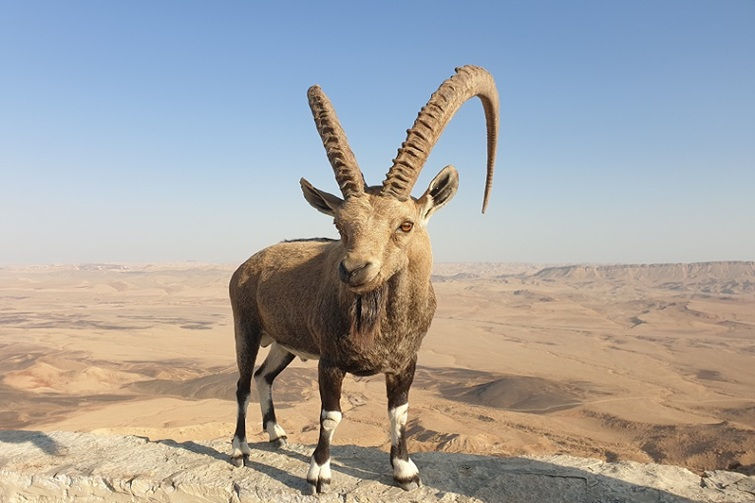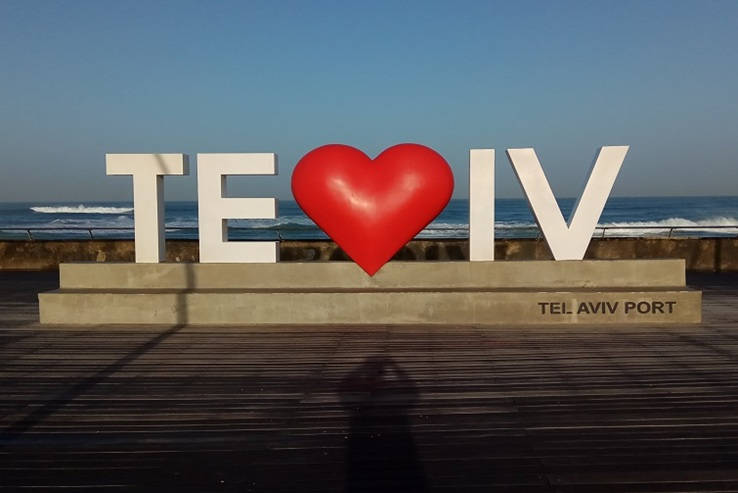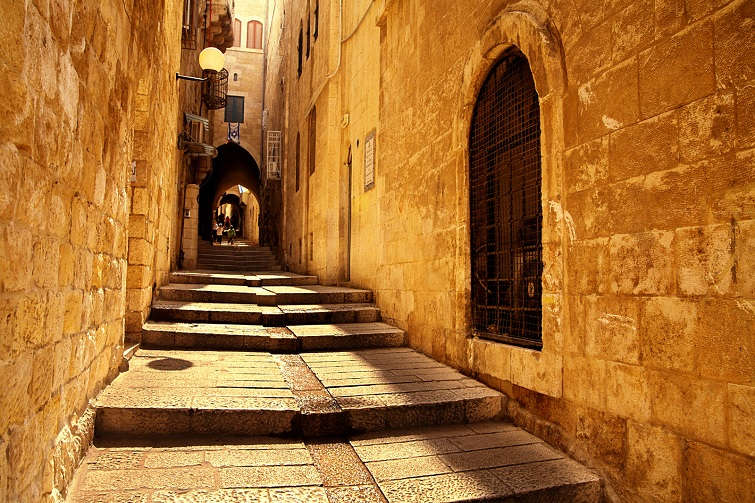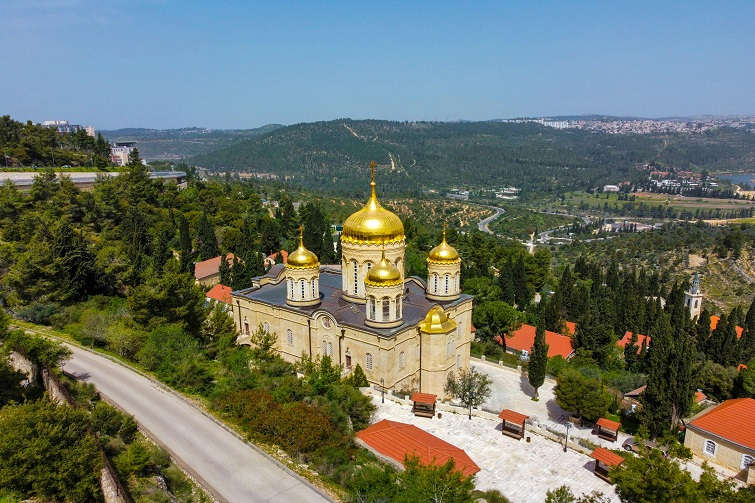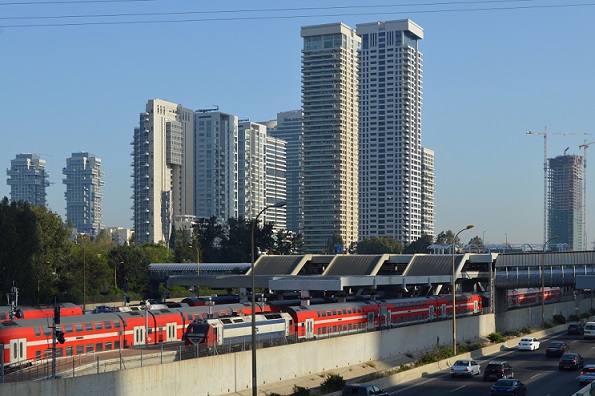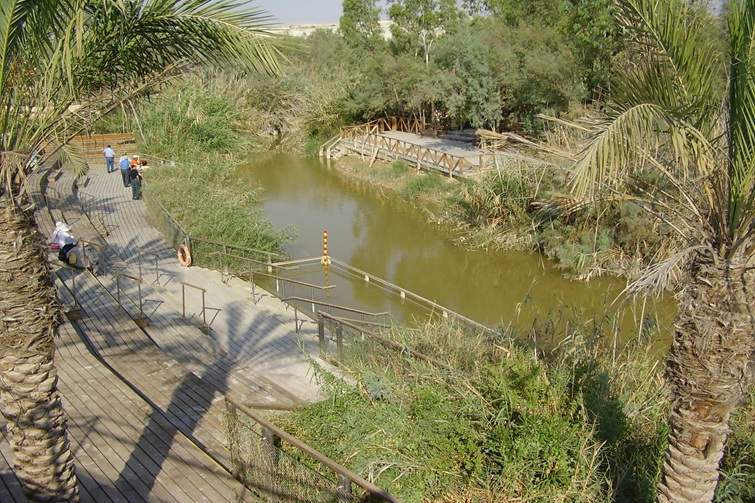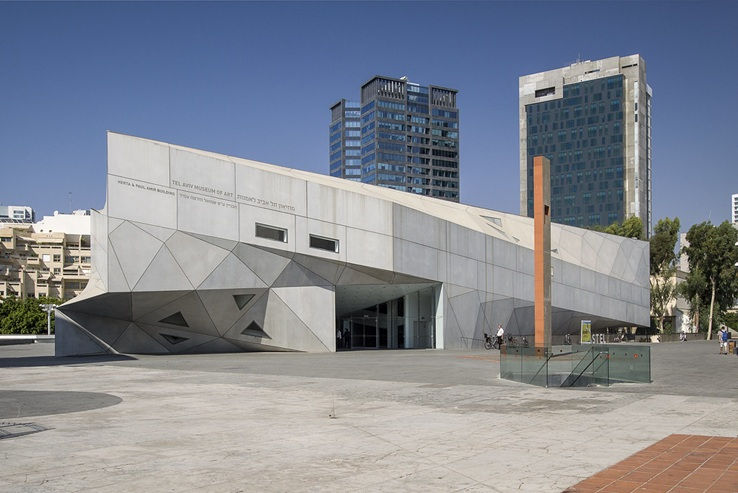Caesarea
Where Ancient Ruins Echo History
Revised and Updated – April 2025
Table of Contents
- A Comprehensive Guide to Caesarea National Park
- The Historical and Religious Significance of Caesarea
- What to Expect at Caesarea National Park
- Planning Your Visit
- Visiting Caesarea as Part of Regional Day Trips
- Exploring Beyond Caesarea
- Why Visit Caesarea?
- Thank you for visiting my website!
- FAQ: Visiting Caesarea
- Related Posts
A Comprehensive Guide to Caesarea National Park
- Nestled along Israel’s Mediterranean coast, Caesarea National Park preserves the grandeur of an ancient Roman port city built by Herod the Great. This sprawling archaeological site, with its theater, hippodrome, and submerged harbor, captivates history buffs, beachgoers, and tourists eager to explore its storied past.
- Located about 50 kilometers (31 miles) southwest of Nazareth and 40 kilometers (25 miles) south of Haifa, Caesarea is a stunning destination that fits seamlessly into various day trips. You can visit it alongside Nazareth and the Sea of Galilee, pair it with Haifa and Nazareth, or include it in a broader journey featuring Haifa, Akko, and Rosh Hanikra.
- This guide provides everything you need to plan your visit, from fascinating history to practical travel tips.
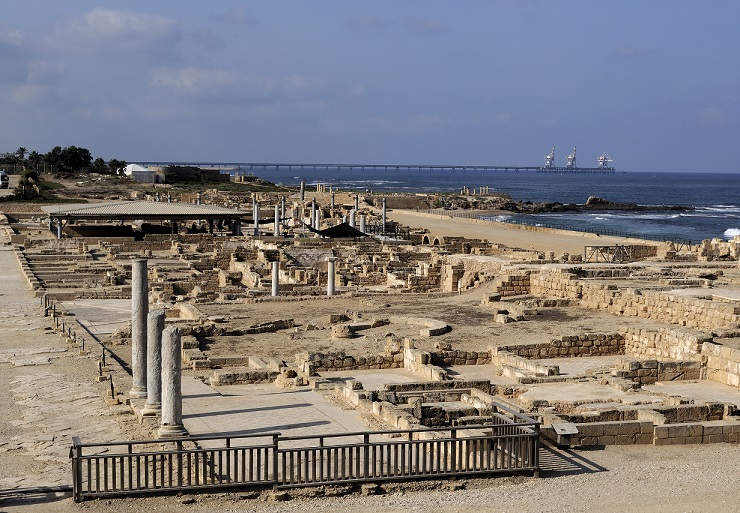
The Historical and Religious Significance of Caesarea
- Caesarea National Park showcases the legacy of Caesarea Maritima, a city founded around 25-13 BCE by Herod the Great and named for Caesar Augustus. As a Roman provincial capital, it boasted an artificial harbor, aqueducts, and lavish architecture, symbolizing Herod’s ambition and Rome’s power.
- In biblical history, Caesarea played a key role: it was where Peter baptized Cornelius, the first Gentile convert (Acts 10), and where Paul was imprisoned before his journey to Rome (Acts 23-26).
- The site flourished through Roman, Byzantine, and Crusader eras, leaving behind layers of ruins that reflect its multicultural past. Today, Caesarea’s blend of history and coastal beauty makes it a window into antiquity and a testament to human ingenuity.
What to Expect at Caesarea National Park
Managed by the Israel Nature and Parks Authority, Caesarea National Park offers an immersive experience of archaeology, history, and seaside charm. Here’s what you’ll encounter:
- Roman Theater: A restored 1st-century BCE amphitheater, still hosting performances, overlooks the sea. This semicircular structure, with seating for 4,000, offers stunning acoustics and a glimpse into Roman entertainment, often alive with modern concerts or plays.
- Hippodrome: A 300-meter-long chariot racing arena with seating for 10,000, evoking Roman spectacle. Once bustling with races and games, its weathered stones now frame a quiet expanse where visitors can imagine the roar of ancient crowds.
- Harbor Ruins: Explore the submerged breakwaters of Herod’s innovative port, visible from shore or by diving. This engineering marvel, once one of the largest harbors in the eastern Mediterranean, now lies partially underwater, offering a hauntingly beautiful contrast of past glory and natural reclamation.
- Palace and Baths: Remnants of Herod’s seaside palace and Byzantine bathhouses showcase opulent design. The palace’s mosaics and the baths’ intricate heating systems reveal the luxury enjoyed by Roman elites, set against the backdrop of crashing waves.
- Visitor Amenities: A visitor center offers a museum, film, and maps; nearby cafes, restrooms, and a beach enhance the experience. The museum displays artifacts like coins and statues, while the adjacent beach invites a refreshing dip after exploring the ruins.
Caesarea’s blend of ancient ruins and Mediterranean vistas creates a dynamic site, inviting visitors to step into a Roman metropolis reborn.
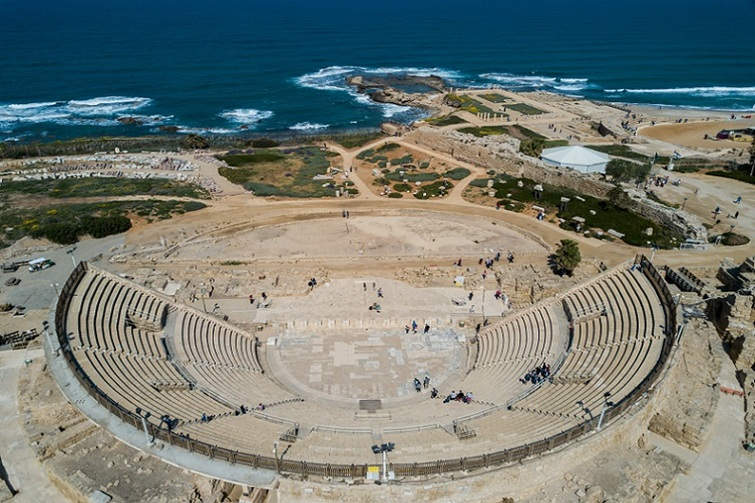
Planning Your Visit
Caesarea National Park is located about 50 kilometers (31 miles) southwest of Nazareth, 40 kilometers (25 miles) south of Haifa, and 55 kilometers (34 miles) north of Tel Aviv. It’s a highlight that can be included in various day trips, such as one with Nazareth and the Sea of Galilee, another with Haifa and Nazareth, or a journey through Haifa, Acre (Akko), and Rosh Hanikra. Here’s how to prepare:
Getting There
- By Car: From Tel Aviv, it’s a 45-minute drive via Route 2. From Haifa, it’s a 30-minute drive via Route 4. From Nazareth, it’s a 1-hour drive via Route 75 and Route 4. Parking is available for a small fee (10-20 ILS).
- By Tour: Tours from Tel Aviv or Jerusalem often include Caesarea with Haifa or Nazareth, offering guided insights and transport.
- Public Transport: Buses from Tel Aviv (e.g., Egged 826 or 910) reach Or Akiva interchange followed by a short taxi ride to Caesarea. From Haifa, take a bus or train to Caesarea-Pardes Hanna station, then a short taxi ride.
- Private Taxi: For a more flexible and comfortable option, consider booking a private taxi for your day trip. This allows you to customize your itinerary, travel at your own pace, and enjoy door-to-door service. It’s especially convenient for travelers who want to make the most of their day, offering the freedom to visit multiple sites without relying on limited bus schedules or unwieldy tour groups.
Opening Hours and Admission
- Hours: Open daily from 8:00 AM to 5:00 PM (April-September) or 4:00 PM (October-March); last entry is one hour before closing.
- Cost: Entry is 46 ILS (~$12 USD) for adults and 27 ILS (~$7 USD) for children, with discounts for groups and students, payable at the entrance. During peak season, it’s recommended to purchase tickets in advance through the official Caesarea National Park website.
What to Bring
- Clothing: Wear casual attire and comfortable shoes for walking; bring a swimsuit if planning to use the beach.
- Sun Protection: Limited shade exists – bring sunscreen, a hat, and sunglasses.
- Water and Snacks: Cafes are available, but pack extras for a full day.
- Camera: The theater, harbor, and coast are perfect for photography.
Safety Considerations
- The site is safe, but watch your step on uneven stones and near water. Swimming is allowed only at designated areas.
Tips for Visitors
- Best Time to Visit: Spring (March-May) and autumn (September-November) offer mild weather. Summer is warm and ideal for the beach, while winter may bring rain.
- Timing: Arrive early or later in the afternoon to avoid the midday heat and tour groups.
- Respect the Site: Avoid climbing on ruins to preserve the structures.
- Best Photo Spots: The Roman aqueduct beach, the ancient theater, and the Crusader walls.
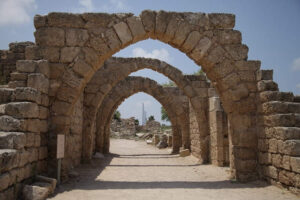


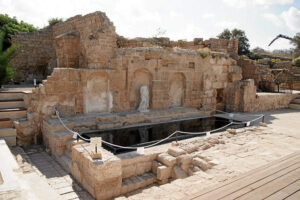
Visiting Caesarea as Part of Regional Day Trips
Caesarea is a versatile addition to several day trips blending history, archaeology, and coastal beauty. Here’s a suggested itinerary focusing on combining Caesarea with Haifa, Acre (Akko) and Nazareth. Other alternatives are noted below:
- Morning: Caesarea (45 minutes from Tel Aviv)
- Explore the theater, hippodrome, and harbor ruins. Allow 2-2.5 hours.
- Drive to Haifa: ~30 minutes.
- Midday: Haifa
- Visit the terraced Bahai Gardens, a UNESCO site on Mount Carmel, for stunning views of Haifa and the Mediterranean.
- Drive to either Nazareth: ~40 minutes from Haifa, or Akko: ~45 minutes from Haifa.
- Afternoon: Nazareth or Acre (Akko)
- In Nazareth visit the Basilica of the Annunciation and the old city (1.5-2 hours).
- Alternatively, in Akko explore its Crusader ruins and Ottoman old town (1.5-2 hours).
- Return to Tel Aviv: ~1.5 hours.
This itinerary offers a practical and enriching full-day private trip from Tel Aviv. Alternatively, visit Caesarea on a day trip with Nazareth and the Sea of Galilee, or a broader route through Nazareth, Haifa, Akko, and Rosh Hanikra. For more options, check out my posts on day trips from Tel Aviv and from Jerusalem. If you’re arriving on a cruise ship, any of these day trips can also be arranged as shore excursions from Haifa port.
Exploring Beyond Caesarea
You may consider visiting these additional sites and landmarks as part of a broader exploration of the region:
- Mount Precipice: 50 kilometers northeast, this hill is linked to the rejection of Jesus, offering panoramic views of Nazareth and the Jezreel Valley.
- Tel Megiddo: 35 kilometers east, this ancient mound, linked to biblical Armageddon, features 26 layers of ruins and a water tunnel.
- Tzipori National Park: 45 kilometers northeast, this ancient city features exquisite mosaics, a Roman theater, and a well-preserved water system, reflecting its prominence in Jewish and Roman history.
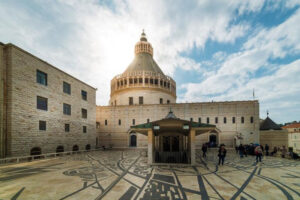
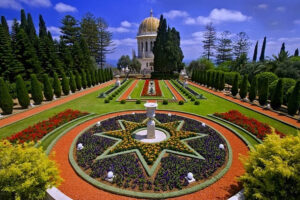

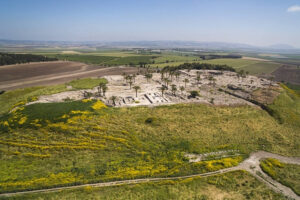
Why Visit Caesarea?
- Caesarea National Park offers a vivid glimpse into Roman grandeur and biblical history, framed by its stunning Mediterranean setting. For pilgrims, it’s a site of early Christian milestones; for tourists, it’s a blend of archaeology, architecture, and coastal allure.
- Paired with Nazareth’s holy sites, Haifa’s scenic gems, or Akko’s ancient walls and port, it creates a day trip rich in meaning and discovery. Plan your visit and step into a city where history meets the sea.
Whether you’re seeking spiritual renewal, historical insight, or simply a memorable travel experience, Caesarea is a destination that leaves a lasting impression. Feel free to contact me with any questions or itinerary-related inquiries and let’s plan together your perfect day trip in Israel!
FAQ: Visiting Caesarea
Related Posts
More Guides From My Travel Blog with Tips for Upgrading Your Trip in Israel


